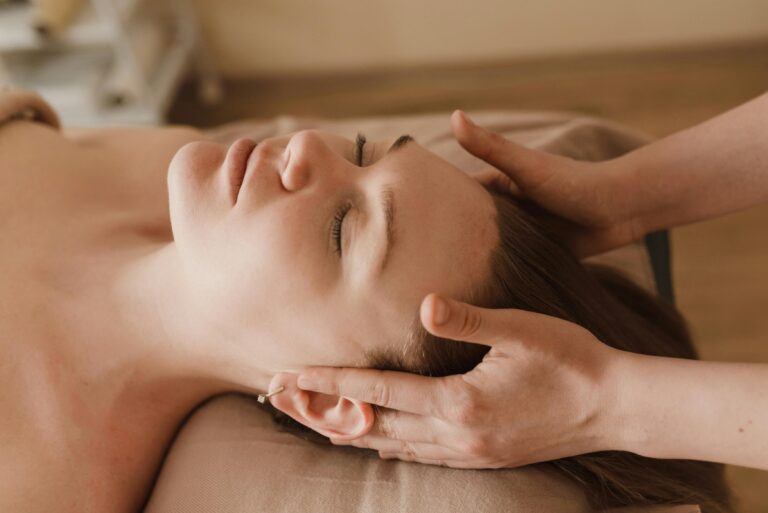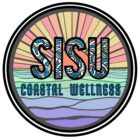Manual Therapy
MUSCLES NEED love and ATTENTION TOO
The art of massage and its direct association with our health has been acknowledged across the globe by many cultures for centuries. It has been long understood that touch therapy has the power to foster tissue repair and bring about healing. Often used by healers of all kinds to treat both chronic and acute injuries, intervene in chronic tension patterns in the body, relieve postural imbalances, rehabilitate sports injuries such as strains and sprains, provide relaxation to the nervous system. Massage works with the body’s own healing mechanisms by increasing circulation, flooding the area with oxygen, and allowing lymph to circulate freely. Massage lowers cortisol levels and decreases blood pressure. It facilitates deep physical and mental relaxation, helping the body recover from injury.
Pain Relief and Management:
Numerous studies demonstrate the effectiveness of massage and bodywork in alleviating pain associated with various conditions, such as chronic pain, musculoskeletal disorders, and postoperative discomfort. These therapies work by improving blood circulation, releasing muscle knots, and promoting the body's natural pain-relieving mechanisms.
Improved Circulation and Mobility:
Massage and bodywork enhance blood circulation and lymphatic flow, facilitating the efficient delivery of oxygen and nutrients to cells and aiding in the removal of waste products. This improved circulation contributes to enhanced mobility, reduced muscle stiffness, and an overall improvement in joint flexibility, promoting a greater range of motion.
Stress Reduction:
Massage and bodywork are well-documented for their ability to reduce stress by promoting relaxation and lowering levels of the stress hormone cortisol. Through techniques that release muscle tension, these therapies contribute to an overall sense of calm and well-being, fostering both mental and physical relaxation.
Manual Therapies we offer
A form of soft tissue therapy used to treat dysfunction in the musculoskeletal system and any accompanying pain and/or restriction of motion.
Neuro-muscular techniques that are effective in relieving muscle spasms and their associated pain. Trigger point therapy applies deep static pressure over “knots” until they release. Tender point therapy utilizes positional release where the muscle is in spasm is passively held in a shortened position until it relaxes.
A type of massage aimed at the deeper tissue structures of the muscle and fascia. Deep tissue massage uses many of the same movements and techniques as Swedish massage, but is performed with deeper pressure at a much slower pace.
Lymphatic drainage pressure points involve applying gentle pressure to specific areas on the body to stimulate the lymphatic system, which plays a crucial role in immune function and fluid balance. By targeting these points, we aim to encourage the natural flow of lymphatic fluid, aiding in the removal of toxins and waste products from the body. This technique is commonly used to support overall health and reduce swelling or congestion in the lymphatic system.
The muscle is placed in a stretched position, and then an isometric contraction is exerted against minimal resistance. Relaxation and gentle stretching follow as the muscle releases.
This technique is useful in the treatment of muscle spasms and based on the principle of reciprocal inhibition, whereby muscles on one side of a joint will always relax to accommodate the contraction of muscles on the other side of that joint when indirect pressure is applied.
In Gua sha, the skin is scraped to produce light bruising. This Chinese medical treatment is used to release unhealthy elements from injured areas and stimulate blood flow and healing.
Cupping therapy is a form of alternative medicine in which cups are placed on the skin to create suction. This approach is used to relieve pain and inflammation throughout the body as well as treat a variety of conditions such as blood disorders, rheumatic diseases, anxiety and depression, varicose veins, migraine and fertility and gynecological disorders.

